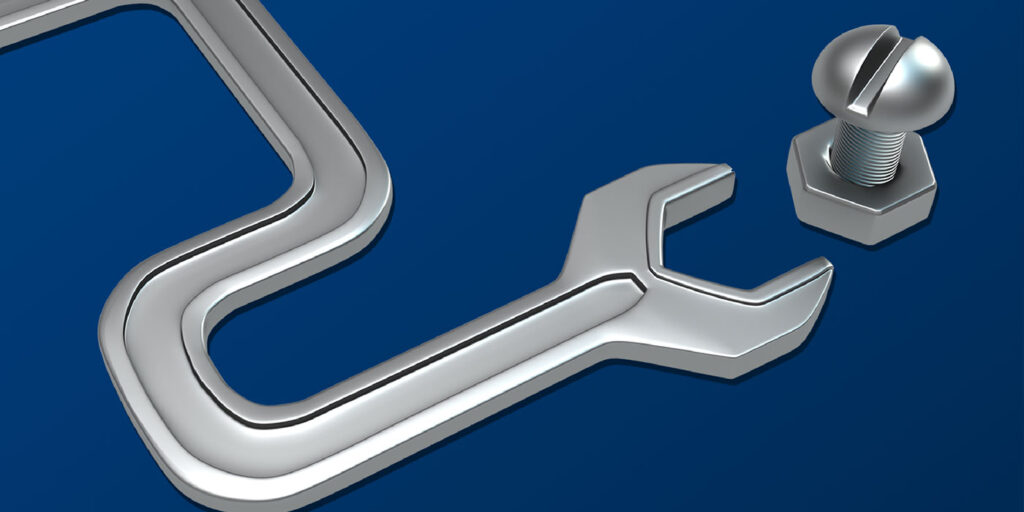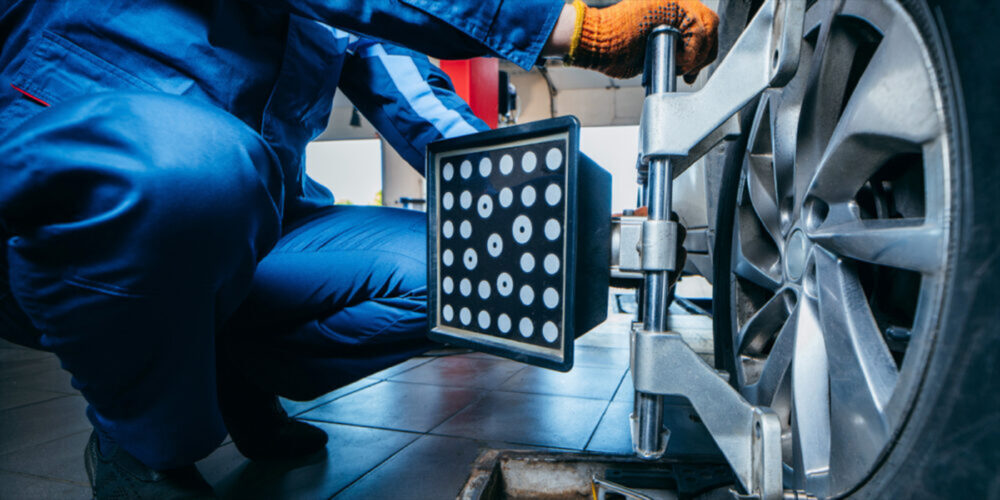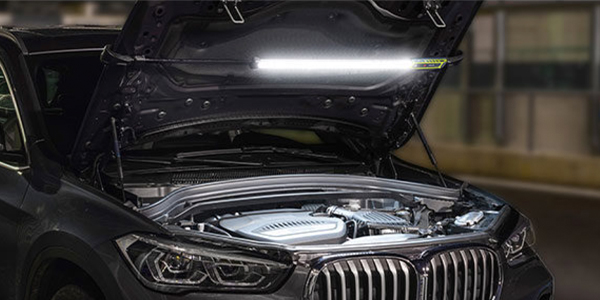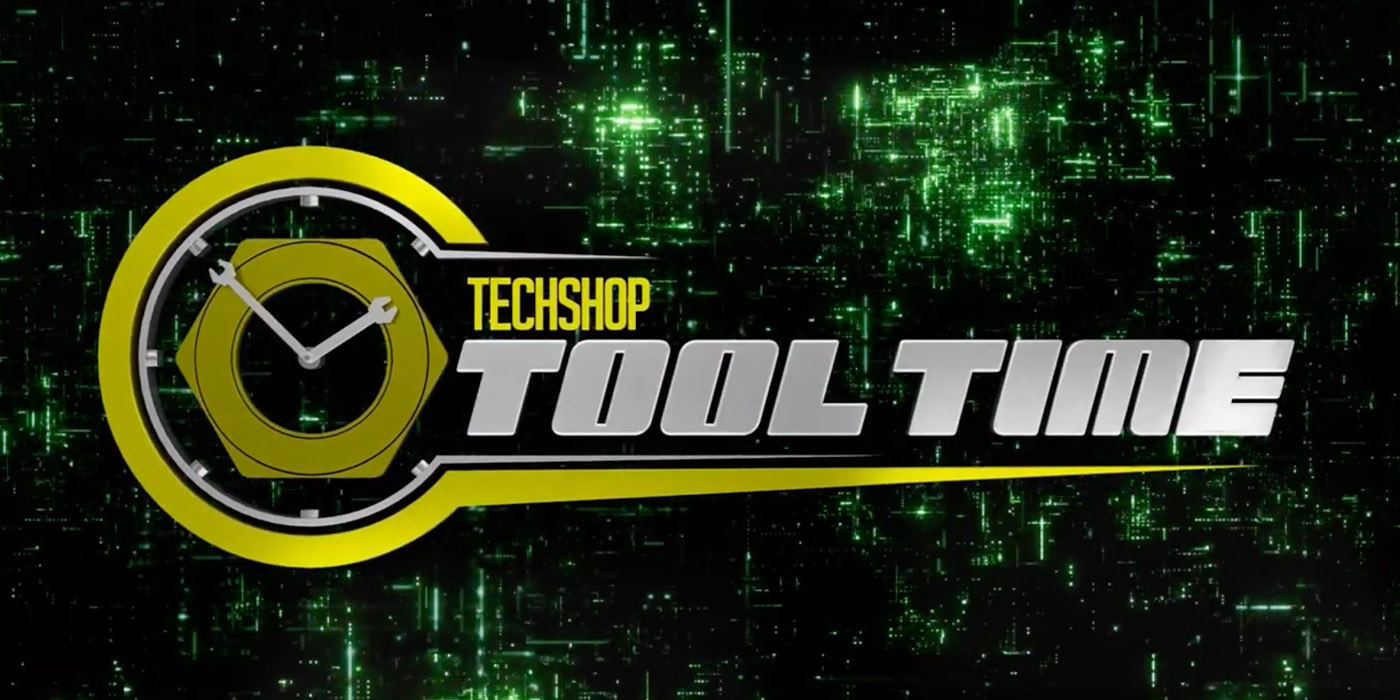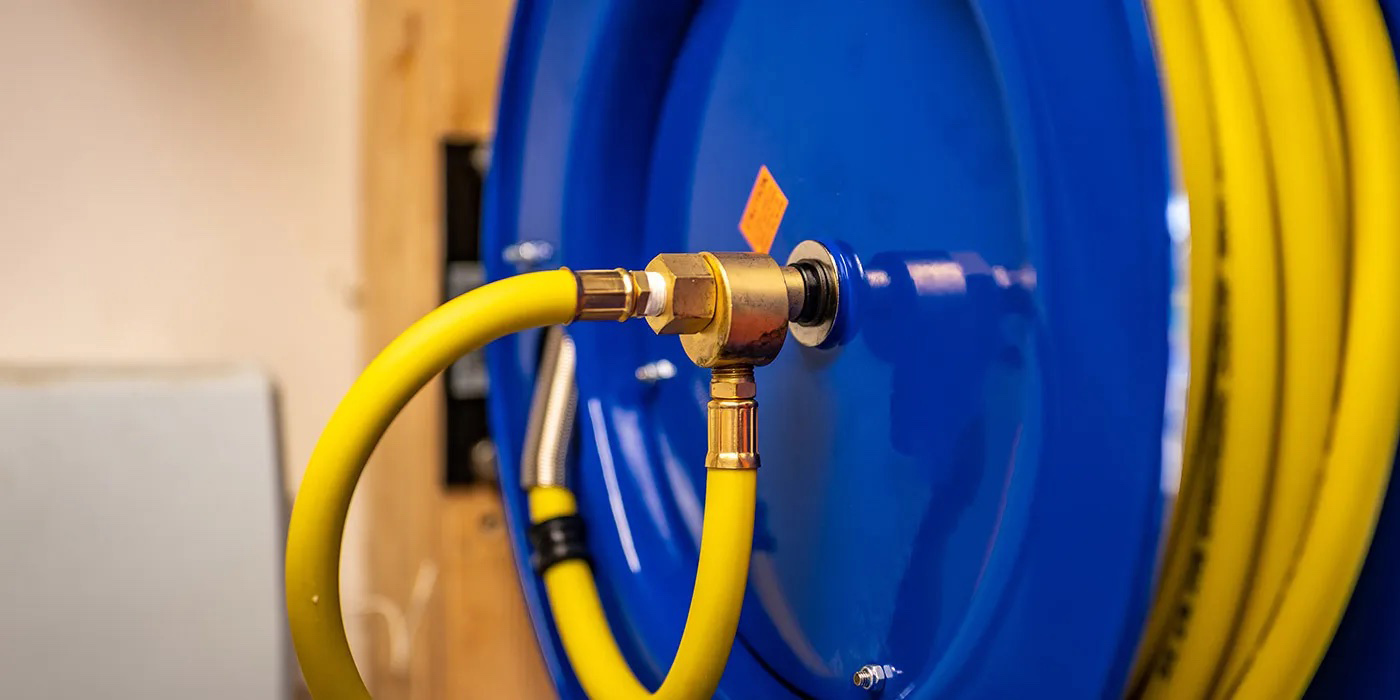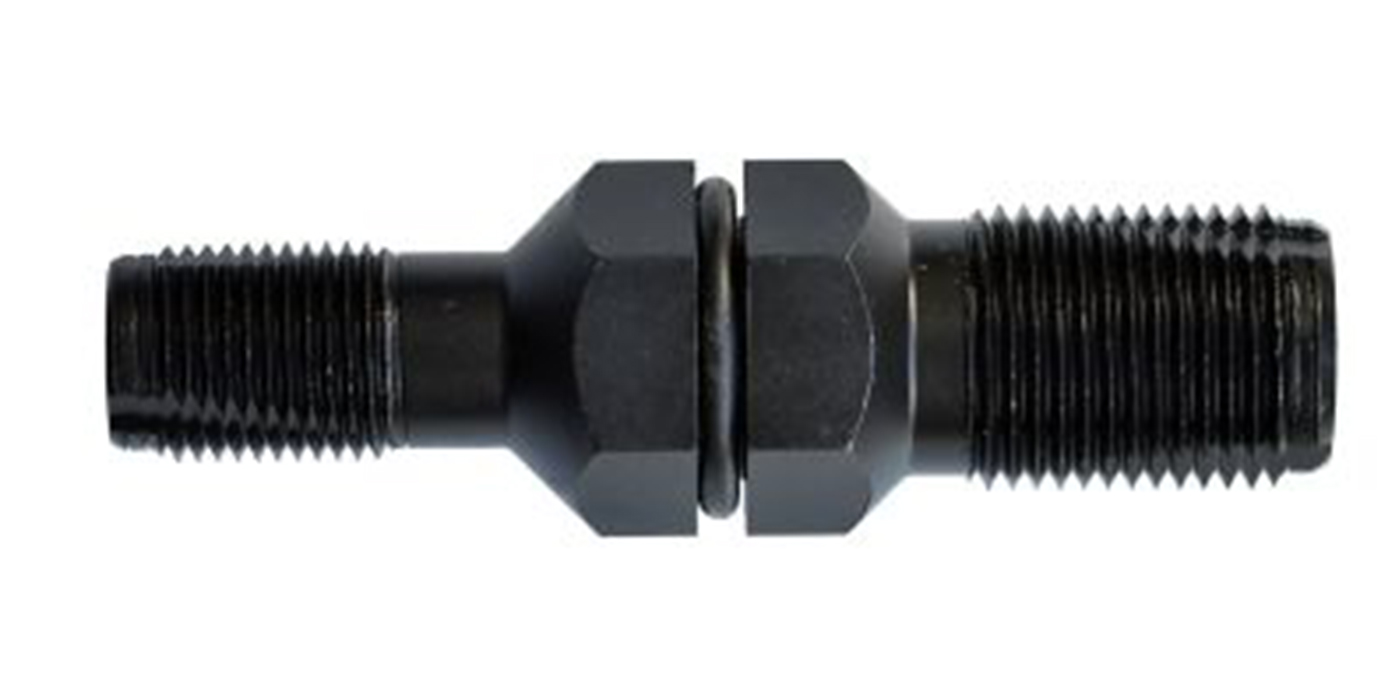A long time ago, in a galaxy far, far…OK, just kidding. But seriously, a long (enough) time ago, I worked for a Volkswagen shop during the heyday of the MK1/MK2 VW era. I didn’t see these cars when they were new, but by the time I was in the field in the late ’80s, they all needed work, and a lot of it. Even though the body styles changed during this time, the drivetrains remained essentially the same.
One of the unique features of many of these cars was the connection between the exhaust manifold and the downpipe. The manifold outlet was round and utilized a typical donut-style of gasket, but it was about 4 in. in diameter, sort of a donut gasket on steroids. Instead of bolts holding the downpipe on, there were two large “C” shaped spring clips that held it in place. You could pop the clips off with a prybar, but unless you had the special tool to expand them and get them back on, it wasn’t going to happen.
The clip tool was common, but if you had to replace the large donut gasket, it was a different story. They were always stuck in place, and while not hard to remove if the manifold was on the bench, when on the car, access made the job very difficult. I explained the problem to my dad, who was a pattern and tool maker, among other things. He asked me a number of questions about why they were hard to remove and how I went about it, and about a week later, he showed up with a special tool in his hands.
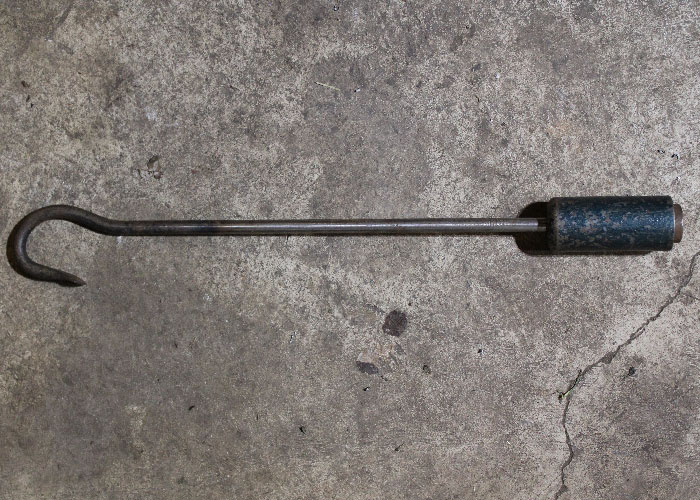
It was simple. It was a steel rod with a 180-degree bend at the end forming a hook. The tip of the hook was flattened and ground sharp so it would bite into the donut gasket. The rod was long enough to extend down below the CV shaft that was in the way, and a heavy weight slid up and down it, essentially turning it into a slide hammer. The tool worked perfectly as if it had been refined over years of testing. I used it dozens of times over the next few years, and it turned an often 10-minute fight into a 30-second operation. It’s been ages now since I used that tool, but I still have it, just in case.
Over time, I’ve made all kinds of weird tools, and all the technicians I know have done the same. It’s just one of those things you do. When you have a problem to overcome and there’s no tool for it, you really have no choice. Sometimes it works out better than others, and I can think of a couple that fall into the “lucky I’m still alive” category, but they worked and got the job done. Of course, they were immediately scrapped due to the realization of how hazardous they were. The next time, it will be back to the drawing board.
If a tool offers the possibility of saving time or removing parts without damage, it’s worth it.
Specialty tools come from vehicle manufacturers and from independent tool companies. Many of them stem from ideas that technicians like us have when we create our own tools to get a job done, and often they are refined and perfected and work even better than ours.
For many years, it seemed like with technology came the need for new tools, and it was common to think it was a conspiracy. “They just design it like that so we have to buy their tools to fix it.” “The car companies are in cahoots with the tool companies, I know it.” While we as technicians knew this really wasn’t true, these have always been common complaints around the water cooler.
One of the challenges, when new tools were required, was getting them. It wasn’t always so easy, but that has changed. When a new design comes out that requires new tools, they are available immediately from the vehicle manufacturer, and it’s never too long before tool companies begin to produce their own versions.
“Couldn’t they have designed it differently so we didn’t need tools?” I’ve asked the question myself many times, and while it seems like the answer could easily be yes, it can only be no. It would be like designing a car without nuts and bolts. It’s impossible. Even when new parts seem like they are so close to earlier versions that they could have utilized existing components to eliminate the need for new tools, when you consider that the materials are probably different, the parts were designed to use less material and be lighter weight, and the assembly process was re-thought to be more efficient, it makes more sense why new tools are often required.
When we need one of these specialty tools, the question always becomes how necessary is the tool and is it worth buying? The answer is not always easy, and it starts with the tool. There are two types of specialty tools. One has a specific purpose, and they only work for that purpose. The other is a tool that solves a common mechanical problem and is related to a process rather than a specific repair. These are special tools that you may use every day.
An example of a tool that has a specific purpose is an engine timing tool set. If you want engine timing to be correct, you have to use one. You can’t do the job without it. If you need to buy one to get the job done, there is no choice, but you have to weigh cost versus profit versus will you use it again? Generally speaking, you never want to turn away work. Let’s say it’s a common make and model, the tool costs $30, and you’ll make money on the parts and labor. In this case, it’s well worth buying the tool. You’ll get the job done, make an existing customer happy or gain a new customer, and most likely you’ll see another one of these cars down the road.
On the other hand, if the car is an exotic and the tool costs more than your total profit, plus you know you may run into other trouble, it’s not worth the investment. It’s far better to send the customer to a shop that specializes in the vehicles and most likely already has the tool.
An example of a specialty tool to solve a common problem is an inner tie rod removal tool. Early on in my career, I fought with this more than once until I learned about this tool. These didn’t exist until rack-and-pinion systems became the most common type of steering in the auto industry. A problem existed: it was incredibly difficult or practically impossible to remove the inner tie rod with the rack in the car, simply because you could not access it.
Someone invented this tool, and since it came with many different sized crows-feet, it worked for almost any car.
In a situation such as this, does it make sense to buy? For me, if a tool offers the possibility of saving time or removing parts without damage, it’s worth it. Especially when you will use it over and over again.
If you’re just getting into the field and are still investing in your common everyday tools, you should be careful about buying too many specialty tools until you know you’ll be utilizing them on a regular basis. Specialty tools will have a huge impact on your productivity. Over the course of a career, you’re going to buy quite a few. Don’t shy away from buying them but think it out first. If you really see it as being a one-time use, it may not make sense. Anything more than that, ring it up!
This article is courtesy of Tech Shop.

